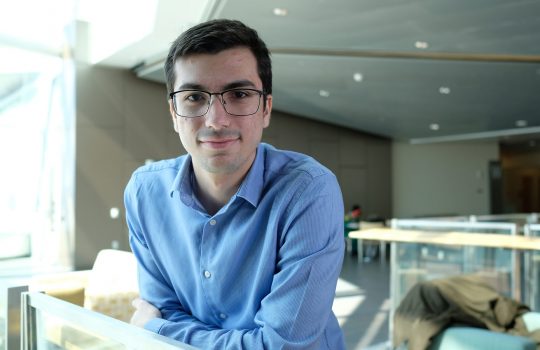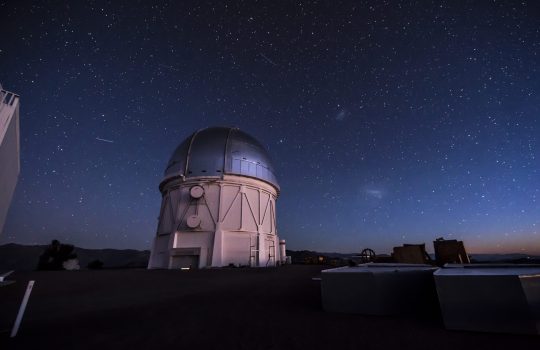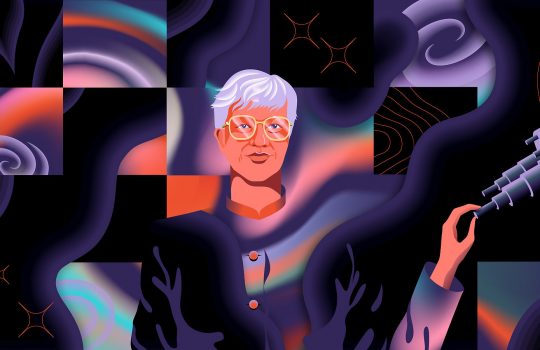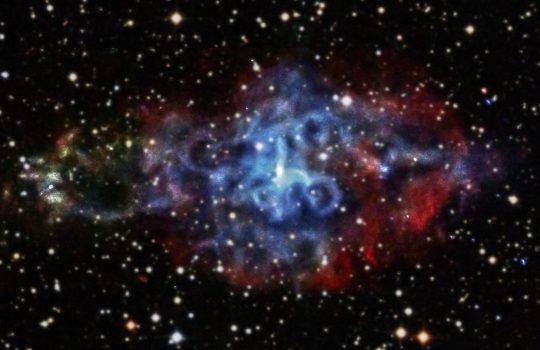Dark energy skeptics raise concerns but remain outnumbered
From Inside Science, Jan. 24, 2020: Some scientists have been poking at the foundations of dark energy, but many say the concept remains on solid, if mysterious, ground. Fermilab scientist Josh Frieman is quoted in this story on the evidence for dark energy.




